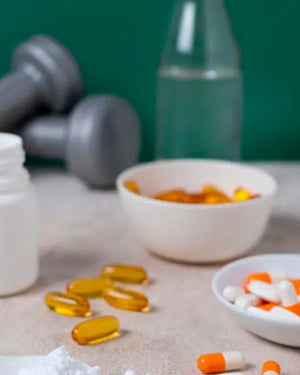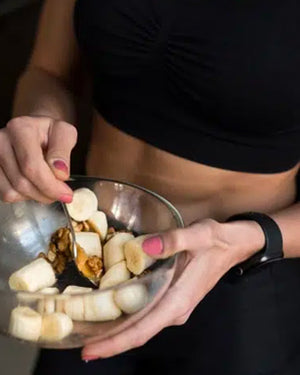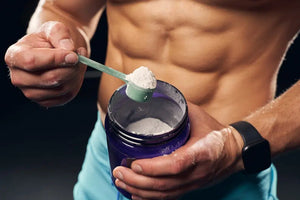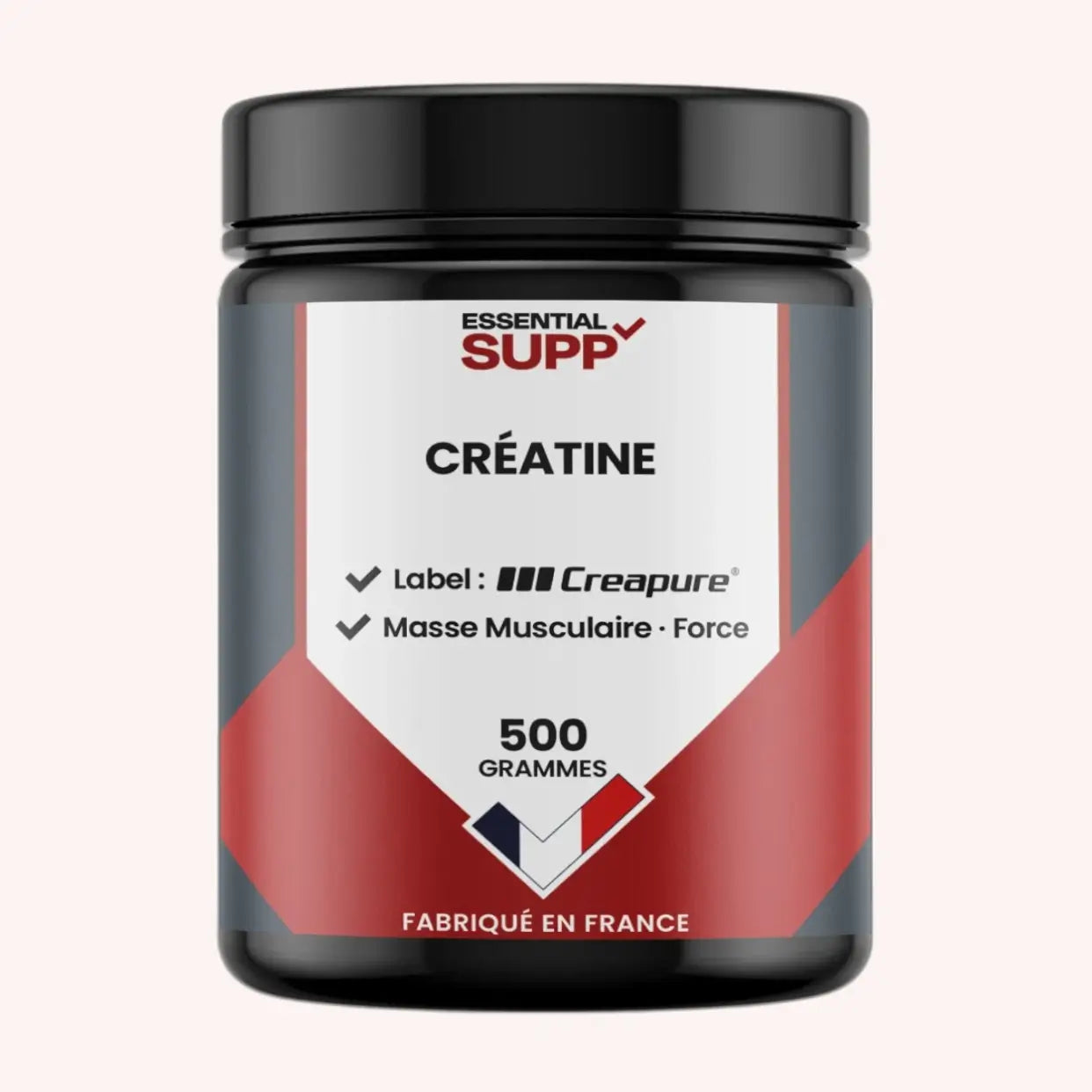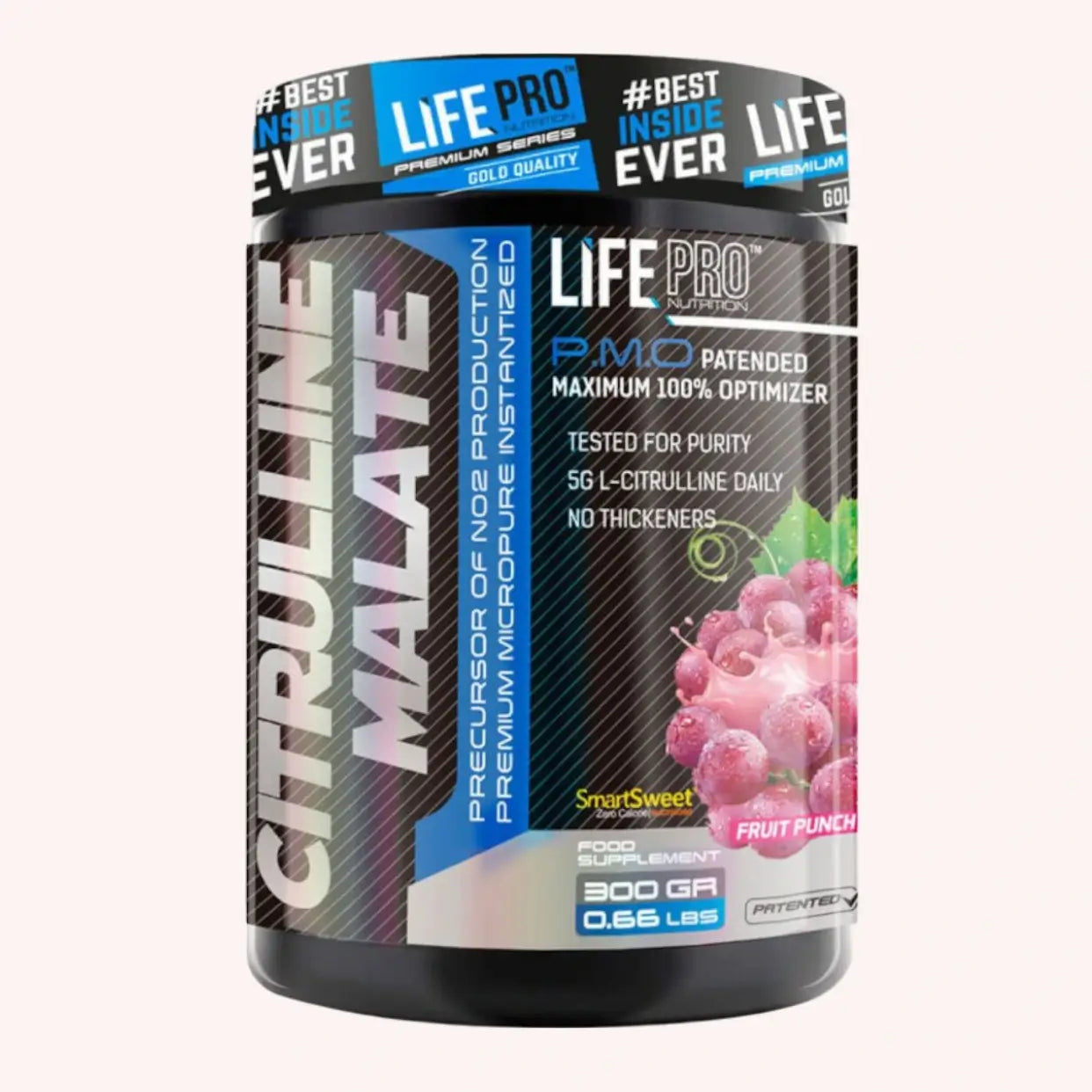Muscle pump, or “ pump ,” is a sensation felt in the muscles during an intense workout, due to the accumulation of blood and fluids. It can contribute to muscle growth by causing muscle cells to stretch and promoting protein synthesis. So, how can you best stimulate this pump to maximize your results? Here are some tips and tricks to help you do just that.
Reminder on muscle congestion
Muscle congestion is a phenomenon that manifests itself as an increase in muscle volume during or after physical exercise. This results from increased blood flow to the working muscles, facilitated primarily by the dilation of blood vessels and the relaxation of muscle fibers. This additional blood flow promotes the delivery of oxygen, nutrients, and energy to the muscles, while removing metabolic waste and enhancing muscle fiber performance.
The role of blood flow and muscle glycogen
Blood flow to the muscles increases during exercise, in part due to vasodilation, a process that allows blood vessels to relax and circulate more blood to the working muscles. This blood delivers nutrients and oxygen necessary for their work. In addition, this blood flow also facilitates the transport of metabolic waste away from the muscles, allowing for better recovery after exercise.
Muscle glycogen is a significant source of energy stored in the form of carbohydrates in our muscles. During exercise, these glycogen stores are mobilized to provide energy to muscles and increase strength. Consuming high amounts of carbohydrates just before and after training can help maximize glycogen stores and thus support optimal muscle pumping.
Choice of exercises and training techniques
To promote muscle congestion, it is best to focus on certain types of exercises and training techniques:
- Isolation or single-joint exercises: These are more effective for targeting a specific muscle and creating maximum tension with each repetition.
- Long sets with light to moderate weights: Rather than focusing on heavy weights and low repetitions, opt for lighter weights and perform 12 to 20 repetitions per set. This will allow for better blood flow to the muscles being worked. You can alternate with bodyweight strength training exercises.
- Slow and controlled tempos: Slowing down the movement while performing exercises increases the time under muscle tension and, therefore, congestion.
- Supersets or trisets: These techniques involve performing two or three exercises in a row without resting between sets. This promotes blood flow to the muscles being worked and the breakdown of glycogen stores, thus creating a significant pump in the targeted area.
Hydration and nutrient intake
Proper hydration is essential to improve blood circulation and ease muscle congestion. So, be sure to drink enough water before, during, and after your weight training session.
Additionally, certain foods and nutrients can help promote muscle congestion:
- Carbohydrates: As mentioned earlier, carbohydrates are necessary to replenish muscle glycogen stores and provide essential energy to muscles during exercise. Focus on sources of complex carbohydrates, such as oatmeal, brown rice, or legumes, for a sustained energy intake.
- Foods rich in nitrates: Nitrates are compounds that convert into nitric oxide in the body, a natural vasodilator that promotes blood flow to the muscles. These nitrates are found primarily in green leafy vegetables (spinach, cabbage), beets, celery, and radishes.
- Potassium and sodium: These two electrolytes are essential for the proper functioning of muscle cells and help maintain the body's fluid balance. Bananas, potatoes cooked with their skins, and avocados are excellent sources of potassium. Sodium, on the other hand, is present in small amounts in most foods and can be added in moderation as salt.
Dietary supplements to stimulate muscle congestion
While not essential, certain dietary supplements can facilitate the development of muscle pumping and enhance the effects of exercise and a proper diet. However, it's crucial to choose quality products that are safe for your health.
Citrulline malate
Citrulline malate is known for its beneficial effects on the production of nitric oxide, a compound that dilates blood vessels and promotes blood flow to the muscles. Consuming citrulline malate before each workout can help stimulate muscle pump.
Creatine monohydrate
Creatine is a compound naturally present in our bodies, but its consumption in the form of a dietary supplement can improve athletic performance, while increasing cell volume and therefore muscle size through improved water retention. It also helps replenish muscle glycogen stores after exercise.
The importance of rest and recovery
A key factor in maximizing muscle pump and stimulating muscle growth is recovery. Without adequate rest between workouts, it becomes difficult for muscles to repair and grow.
Here are some tips to optimize recovery:
- Get enough sleep: Sleep is when our bodies regenerate and repair themselves. Therefore, it is crucial to ensure you get around 7 to 9 hours of sleep each night to support muscle recovery.
- Mobility and stretching practice: Regularly practicing mobility and stretching exercises helps improve blood circulation, reduce muscle and joint tension and therefore promote better recovery.
- Relaxation techniques and stress management: Chronic high levels of stress can impair the body's ability to recover and build muscle. Meditation, yoga, or deep breathing are all effective methods for reducing stress and supporting recovery.
Find the method that suits you
Boosting muscle pump requires a comprehensive approach that combines smart exercise, proper nutrition, optimal hydration, and possibly specific supplements. Don't hesitate to experiment with different techniques and adapt your habits based on the results you achieve to boost your muscle growth sustainably.
Be aware that muscle congestion can manifest itself differently from one person to another, and it is by no means a guarantee of significant muscle gain. Above all, be sure to listen to your body and enrich your understanding of its needs to maximize your physical potential without compromising your health.
Muscle Congestion: In Summary
Stimulating muscle pumping is a goal sought by many athletes and fitness enthusiasts. By following these tips and adapting your training program, diet, and lifestyle, you can effectively stimulate muscle pumping and thus improve your performance and results. Be careful, everyone progresses at their own pace, so always listen to your body.
